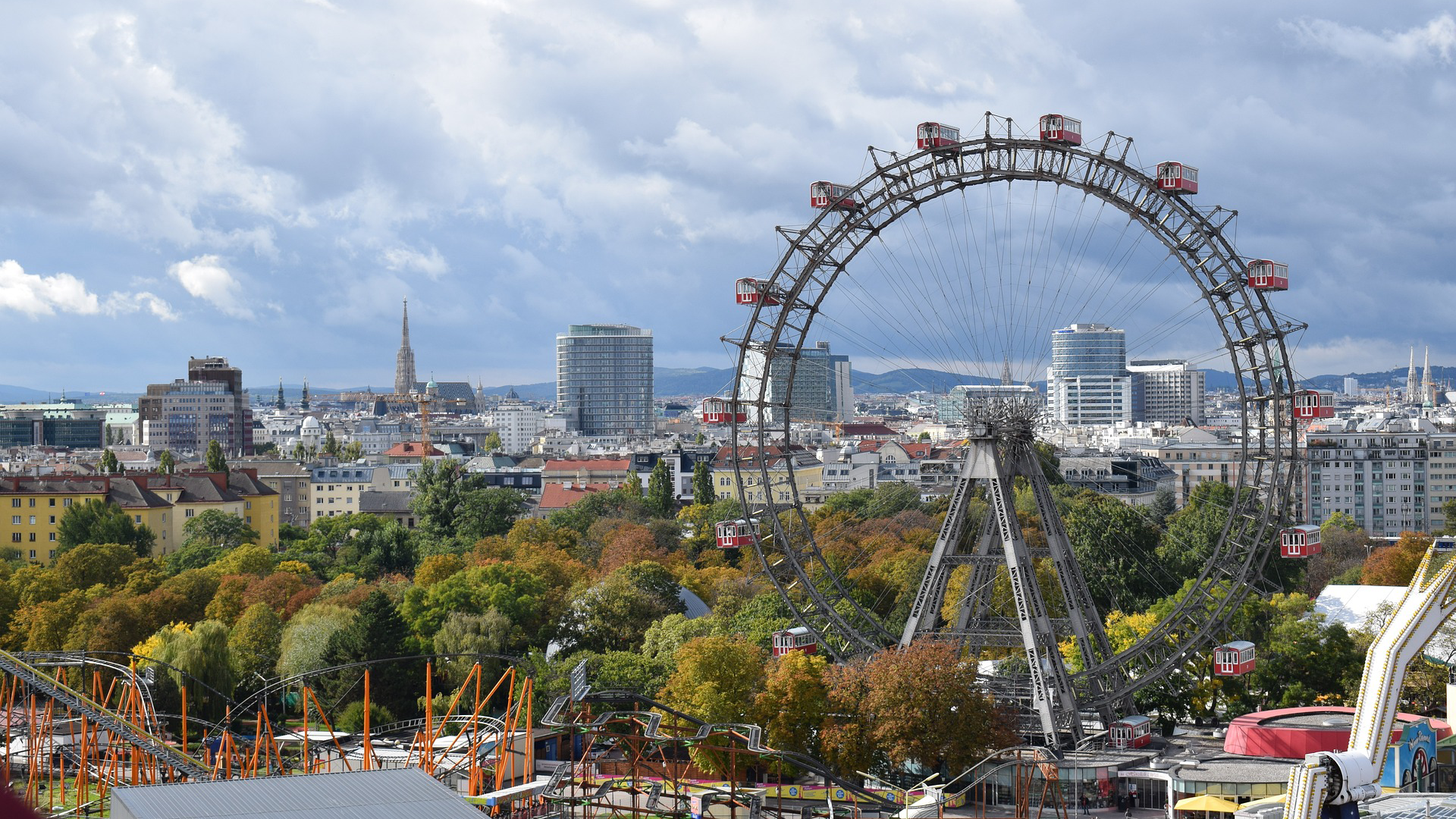Vienna
Vienna, Austria’s capital, is a major city renowned for its rich cultural heritage while maintaining an approachable and navigable atmosphere. This vibrant metropolis offers endless cultural opportunities, from world-class museums and historic landmarks to a thriving music and arts scene. The city is adorned with numerous parks and green spaces, providing a perfect balance of urban and natural beauty.
Vienna boasts an excellent public transport system, making it easy to explore every corner of the city efficiently. It is also known for its safety, international flair, and outstanding healthcare facilities. Vienna consistently ranks high in quality of living indices, often securing the top position in Mercer’s Quality of Living survey.
Stephansdom
The Stephansdom, located in the heart of Vienna, is an iconic landmark perfect for city exploration. Its South Tower, standing over 136 meters tall, makes it instantly recognizable. Inside, visitors can marvel at its rich history dating back to the 13th century and its baroque interior from the 17th century. Surrounding Stephansplatz is a vibrant hub with easy access to Vienna’s U-Bahn network and charming streets for shopping, dining, and cultural experiences. For panoramic views, visitors can ascend the South Tower’s Türmerstube or take an elevator to the North Tower’s viewing platform.
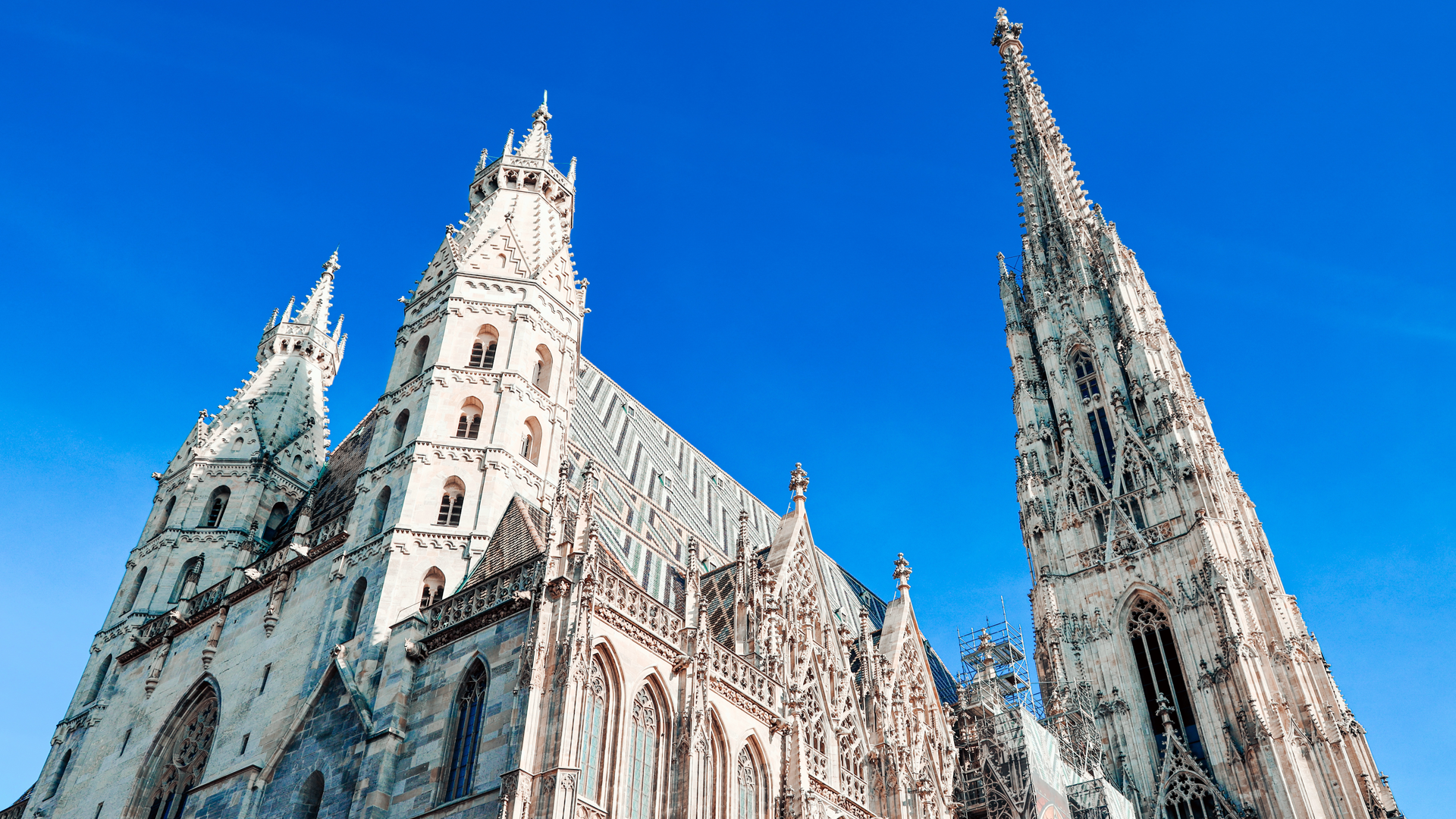
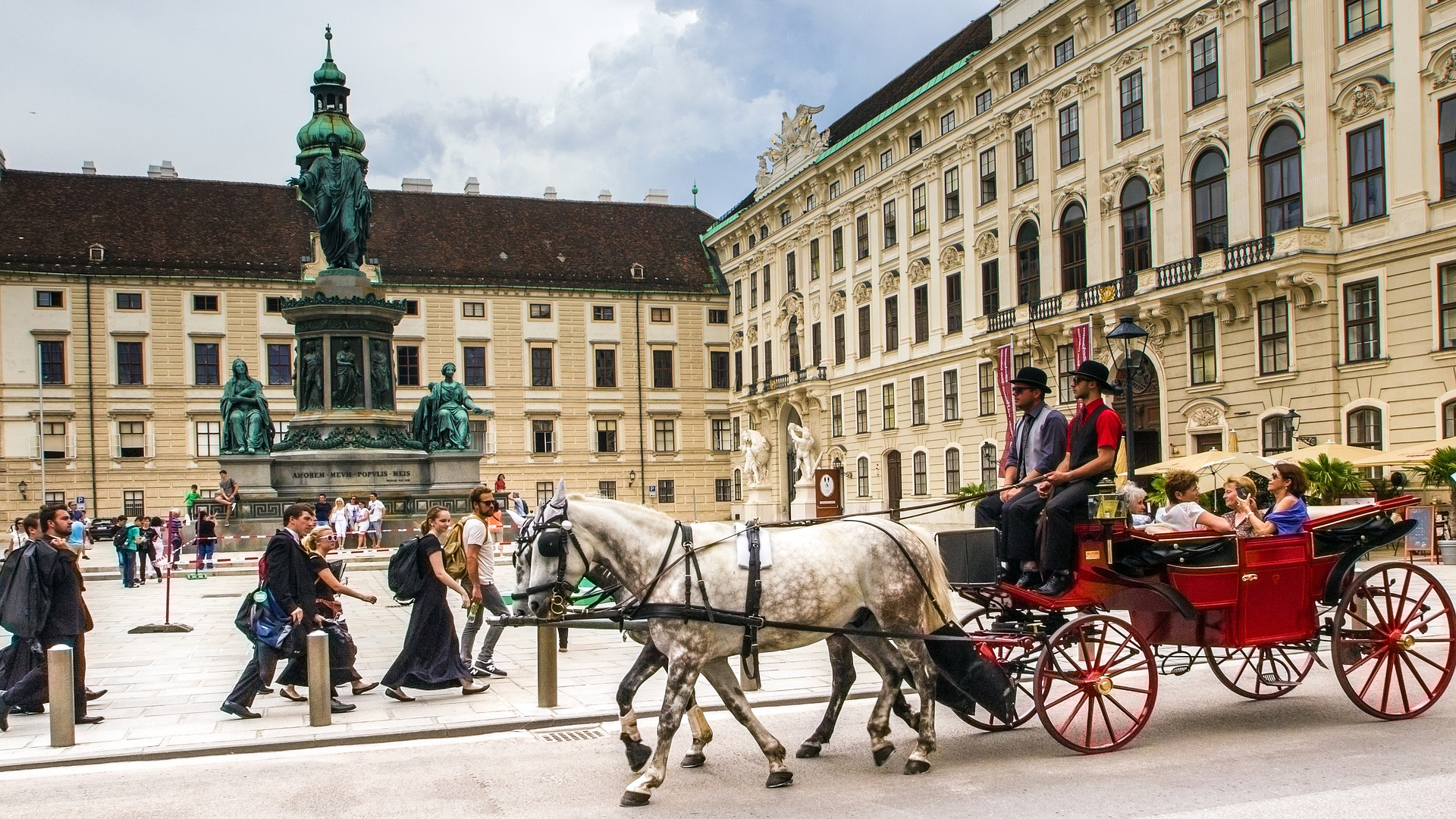
Hofburg
The Hofburg in Vienna is a fascinating blend of palaces, hidden courtyards, and centuries-old history. Once the center of Habsburg power, it now stands as Austria’s political hub, encircled by tranquil gardens, lively museums, and educational institutions. Notably, it holds the title of the world’s largest palace by utility space. Since the 13th century, the Hofburg has been at the heart of the Habsburg empire, with its power center evolving within the castle over time. Today, it serves as the residence of the Austrian President and will soon host the Parliament. The Hofburg is also a cultural treasure, home to museums like the World Museum, which explores non-European cultures, the House of Austrian History, which chronicles societal changes since 1918, and collections featuring courtly dining, ancient armor, papyrus, musical instruments, and archaeological artifacts.
MuseumsQuartier
With around 60 cultural venues, the MuseumsQuartier Wien stands as a global hub for art and culture, blending historical charm with contemporary flair. Originally the imperial stables, this complex now features a dynamic mix of museums, courtyards, cafes, and shops, attracting both locals and tourists. Its blend of baroque and modern architecture symbolizes its rich heritage and ongoing cultural significance, making it a vibrant space for creativity, dialogue, and relaxation in the heart of Vienna.
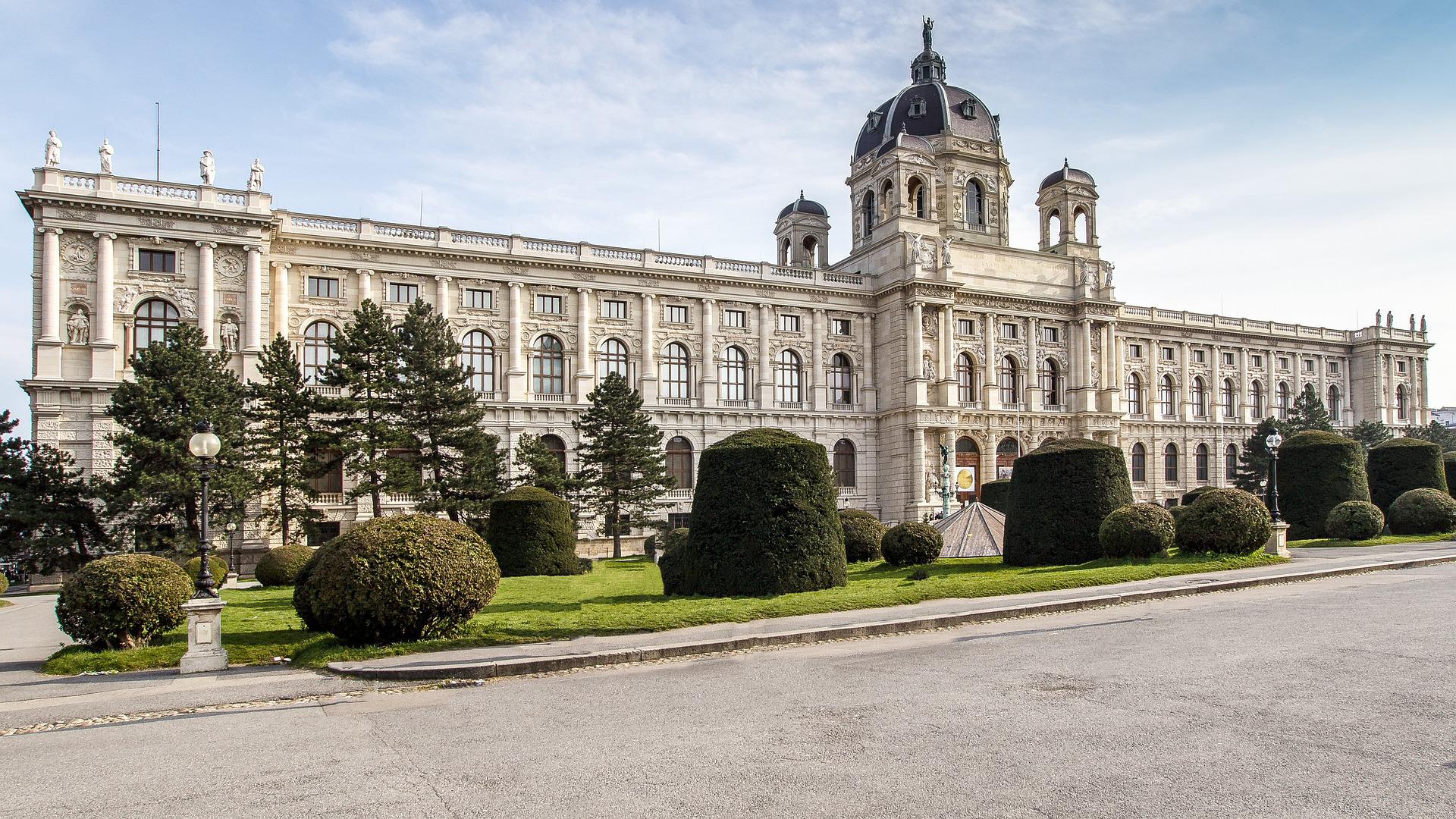
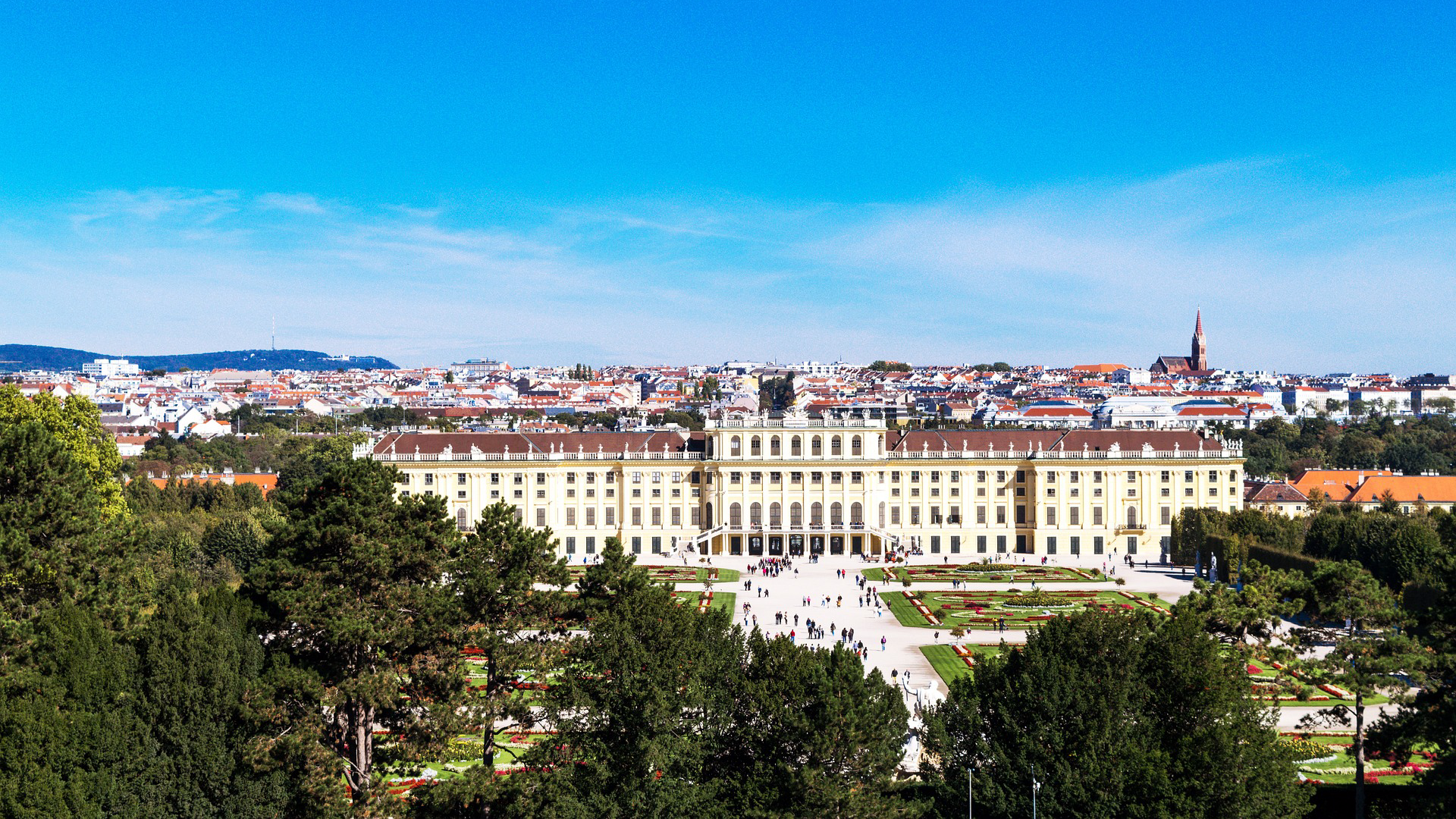
Schloss Schönbrunn
Schönbrunn Palace, its gardens, and the zoo offer a magical experience for visitors. Once the summer residence of the Habsburgs, it captivates with majestic splendor and natural beauty. Designed by renowned architects Fischer von Erlach and Pacassi, the palace was extensively remodeled under Maria Theresa. The palace gardens, accessible from the Hietzing subway station, feature the impressive Palm House, Japanese Garden, and the grand Gloriette with panoramic views over Vienna. The Tiergarten Schönbrunn, the world’s oldest zoo, delights visitors with a diverse array of animals and a focus on conservation efforts.
Wiener Staatsoper
Vienna’s State Opera is a cultural icon, renowned globally for its grandeur and history. With a capacity of 2,276, it is one of the world’s largest opera stages and hosts prestigious events like the Opera Ball. Originally founded in 1629, it officially opened at its current location in 1869, becoming synonymous with Vienna’s rich artistic legacy. Today, the opera house offers a diverse repertoire, hosts cultural events like ballet performances, and delights visitors with nearby culinary gems such as Hotel Sacher and Café Mozart.
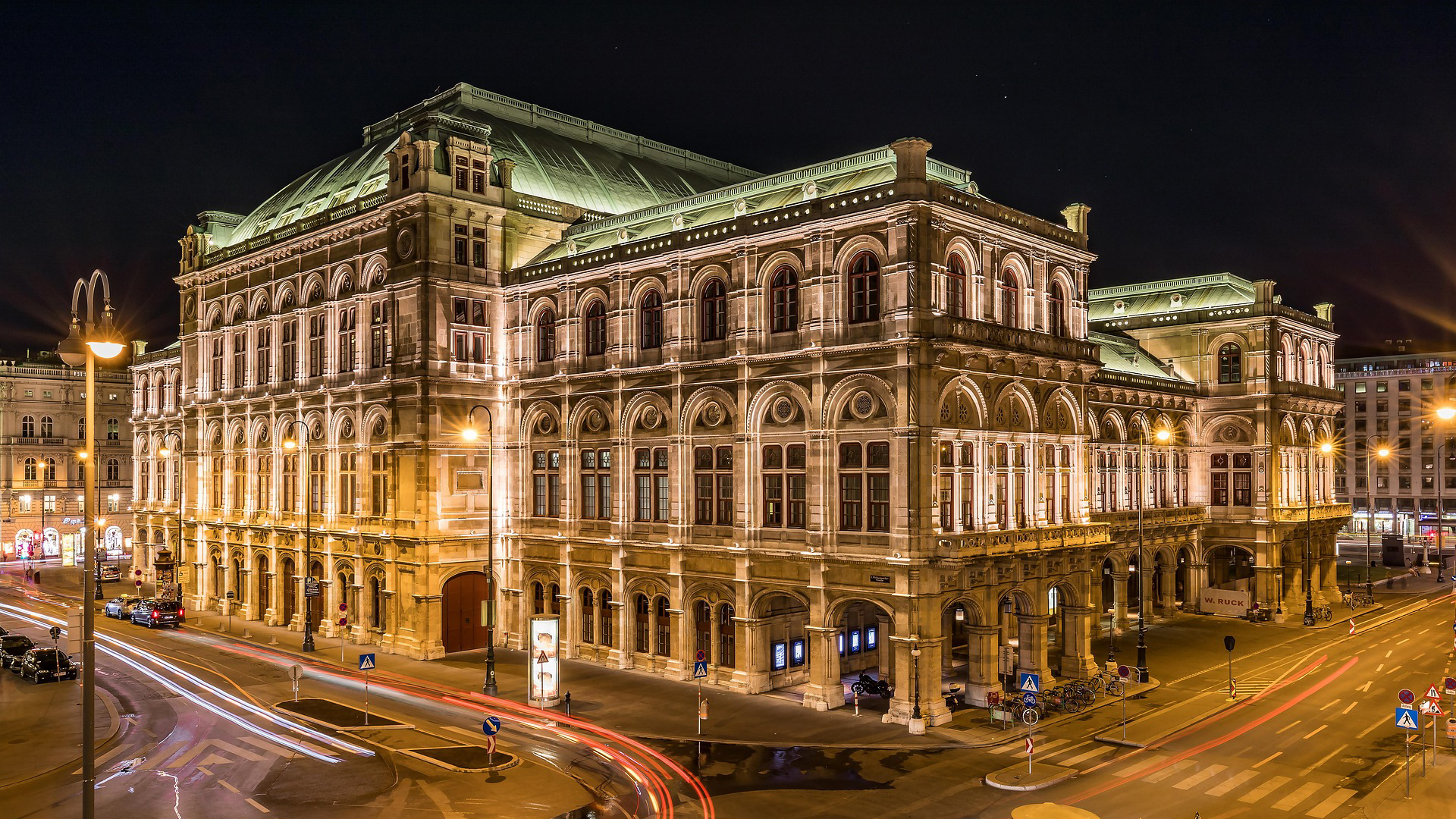
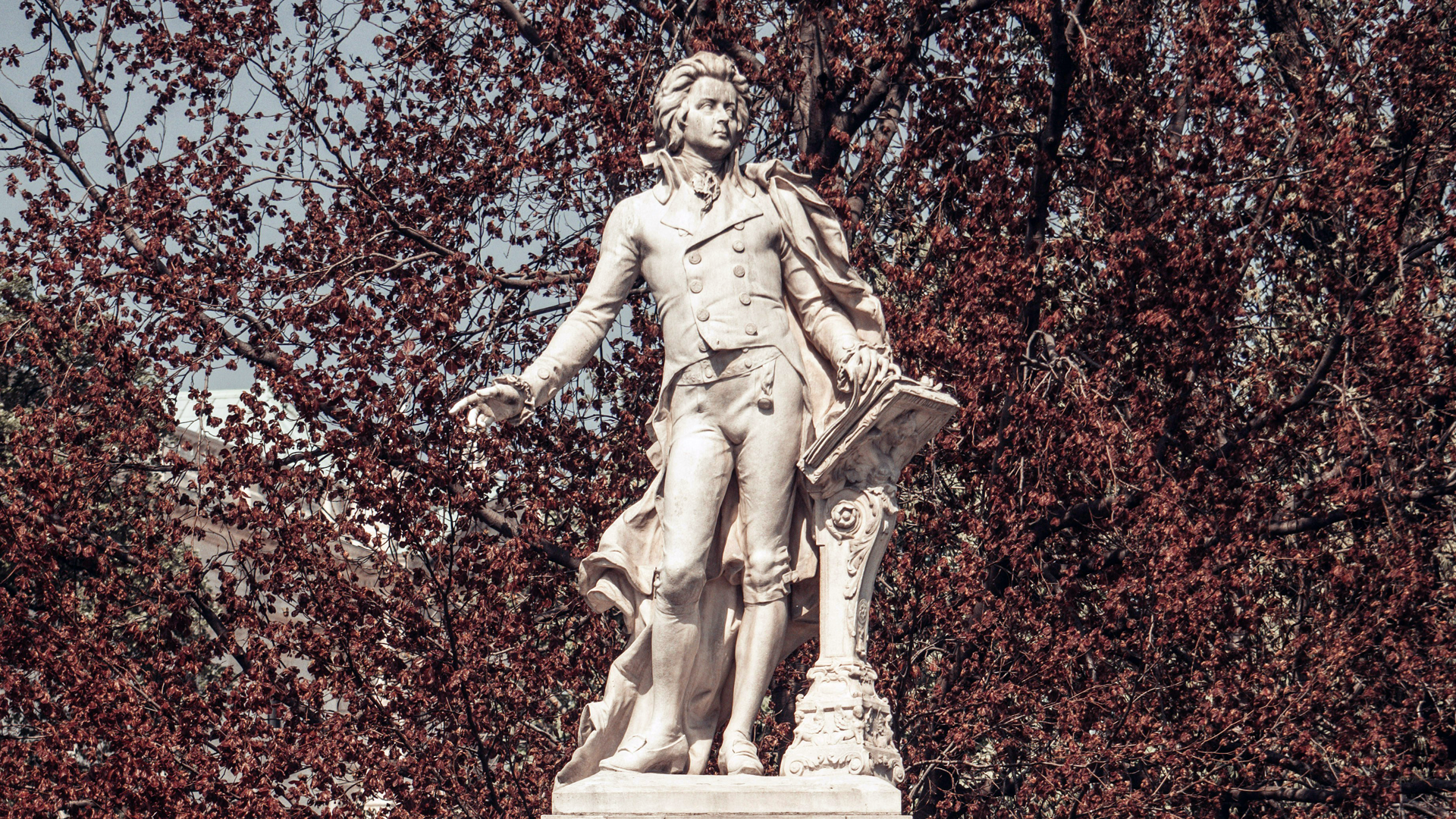
Volksgarten and Burggarten
Fans of Empress Sisi should visit the Sisi Monument in Volksgarten, while Mozart enthusiasts can see statue of the musical genius in Burggarten. Once Emperor Franz Joseph I’s private garden, Burggarten opened to the public in 1919 and features his only monument, erected in 1957. It also houses the Palm House, an Art Nouveau glasshouse with a Butterfly House and café-restaurant. Volksgarten, Austria’s first public garden, was commissioned by Emperor Franz I in 1823 and includes the Theseus Temple and the Rose Parterre. The Corti Café, now the Disco Pavilion, is historically significant. Key monuments include the Grillparzer Monument and the Empress Elisabeth Monument. Opening hours vary seasonally, and pets are not allowed.
Prater
Spanning about 6 km² in the heart of Vienna, the Prater is more than just home to the iconic Wurstelprater amusement park with its Giant Ferris Wheel and Madame Tussauds. It also features vast green spaces, trendy clubs like Pratersauna, and dining options at the new WU Campus. The Prater hosts Messe Wien, Austria’s largest stadium (Ernst Happel Stadium), and the Krieau trotting track, offering diverse attractions. Visitors can enjoy recreational areas, eateries, and natural trails. Whether seeking thrills or relaxation, the Prater has something for everyone. A day here promises fun and excitement!
